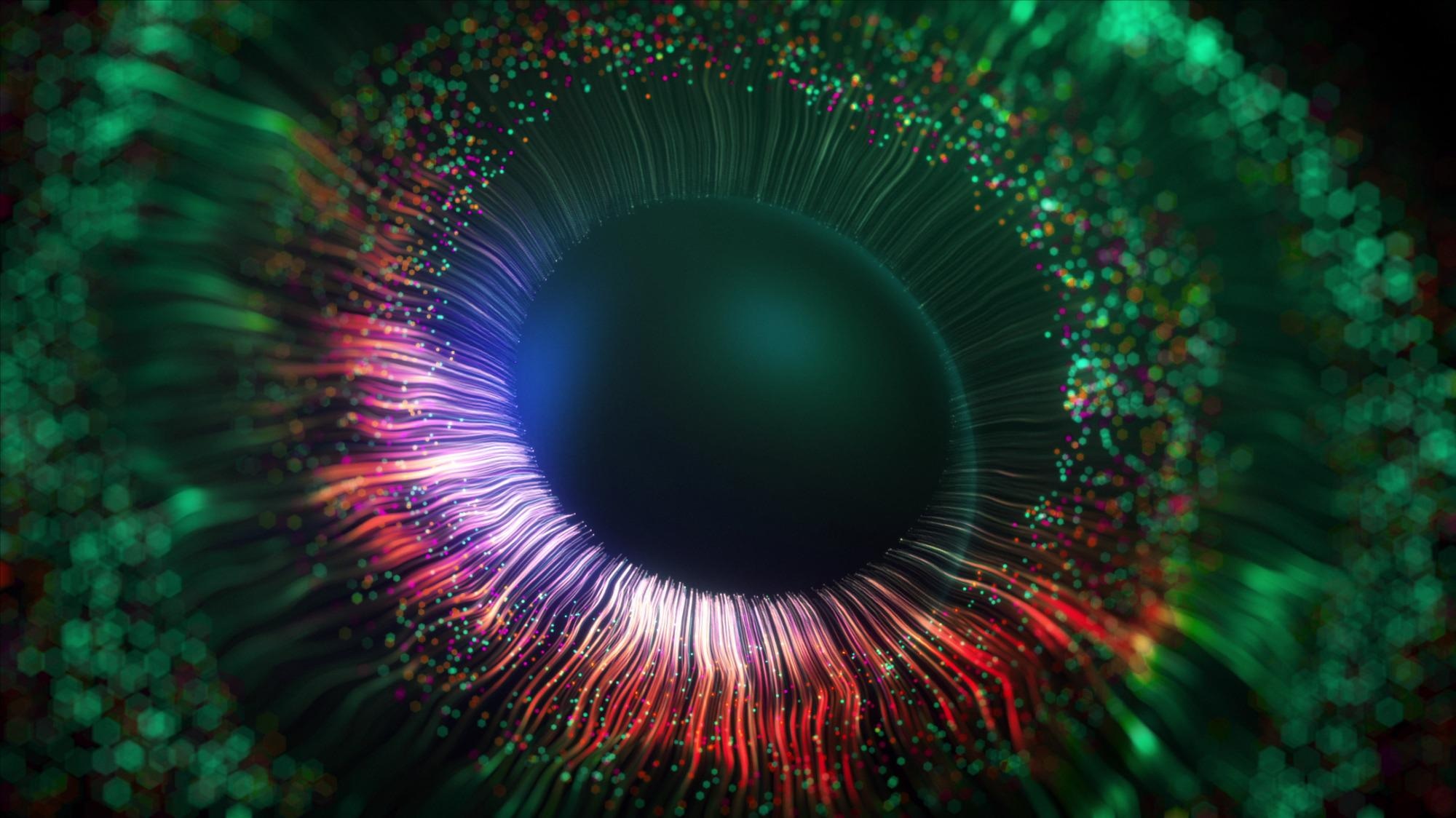
Image Credit: CG Alex / Shutterstock.com
A newly developed retinomorphic sensor that operates like the mammalian eye could help change the way computer processors operate.
One thing has always eluded programmers and engineers; the ability to build a computer that 'thinks' like a human brain. A new type of sensor that processes information like the human eye could hold the key to this computing breakthrough, speeding up information processing and cutting down energy demands.
The 'retinomorphic' device developed by a team of researchers from Oregon University employs a type of semiconducting material called perovskite — a calcium titanate mineral with a crystalline structure — and is sensitive to changes in levels of illumination rather than the intensity of the input light.
This factor separates the sensor from conventional cameras and means it could be an important component in the next generation of computer processors, image recognition, robotics, and even self-driving vehicles.
The team, led by John Labram, tested several sensor devices finding that when they placed them into arrays they could construct retinomorphic sensors. From there Labram's team could predict how a video camera using such an array would respond when exposed to different types of input stimuli.
The testing protocol involved analyzing video footage of a bird in flight. When the bird stopped at a feeder it became effectively 'invisible' to the sensor, reappearing when it once again took flight. The process of taking off from the feeder caused it to sway, which in-turn made it visible to the sensor.
A paper detailing the researchers' findings is published in the journal Applied Physics letters¹.
How the Human Eye 'Filters’ Visual Data
One of the advantages that the mammalian eye has over traditional sensors is the fact that it filters information before it sends it to the brain. This is abundantly clear when considering that the human eye consists of 10⁸ photoreceptors but, via the optical nerves, only sends 10⁶ signals to the brain.
That means that a staggering 99% of visual information received by the eye is filtered out before it reaches the primary visual cortex — the area of the cerebral cortex located in the occipital lobe that processes visual information.
Much of this filtration relates to how our eye treats moving objects in comparison to how it deals with a static field of view. When viewing a peaceful scene, our retinal cells are correspondingly relaxed. But, when exposed to varying signals, their activity immediately shoots up.
It’s the eye’s selective response to information and ability to adapt to change that has caught researchers' attention as it could massively compress the amount of information that sensors pass on to a main processing unit.
A perovskite sensor is ideal to perform this role because the mineral — first discovered in Russia’s Ural Mountains in 1839 — can be ‘tuned’ to absorb light across a wide range of frequencies. This quality — which has also made it extremely useful in solar panels — has led to the use of perovskite in the development of high-performance artificial synapses².
A Biologically Inspired Sensor Could Help Computers ‘Think’ Differently
Conventional computer processing relies on what programmers call the von Neumann model or Princeton architecture. Named after mathematical physicist John von Neumann, who pioneered their development in the mid-20th century, these processors deal with information sequentially.
This is quite different from how our brains perform similar tasks. Mammalian brains use parallel networks to sort and process information simultaneously.
Researchers estimate that computers that follow suit — neuromorphic computers — could considerably outperform von Neumann processors. This outperformance extends beyond just processing power and speed for tasks that concern machine learning, to considerations like power consumption.
Retinomorphic sensors can help in this regard by filtering and compressing information just like our eye does for our brain.
The Oregon University team says these perovskite-based retinomorphic sensors still require sequential processing on their fundamental operating mode. Additionally, the researchers will also now attempt to better understand the fundamental physics behind these devices. This includes discovering how signals are interpreted by image recognition algorithms.
The next step in the development of such a sensor is addressing the challenges associated with the scaling up of production. If that is achievable, these sensors could soon by changing the outlook of various technologies.
References
¹ Herrera. C. T., Labram. J. G., [2020], ‘A perovskite retinomorphic sensor,’ Appl. Phys. Lett. 117, 233501, [https://doi.org/10.1063/5.0030097]
² Chen.S., Huang. J., [2020], ‘Recent Advances in Synaptic Devices Based on Halide Perovskite,’ ACS Appl. Electron. Mater. 2020, 2, 7, 1815–1825, [https://doi.org/10.1021/acsaelm.0c00180]
Disclaimer: The views expressed here are those of the author expressed in their private capacity and do not necessarily represent the views of AZoM.com Limited T/A AZoNetwork the owner and operator of this website. This disclaimer forms part of the Terms and conditions of use of this website.